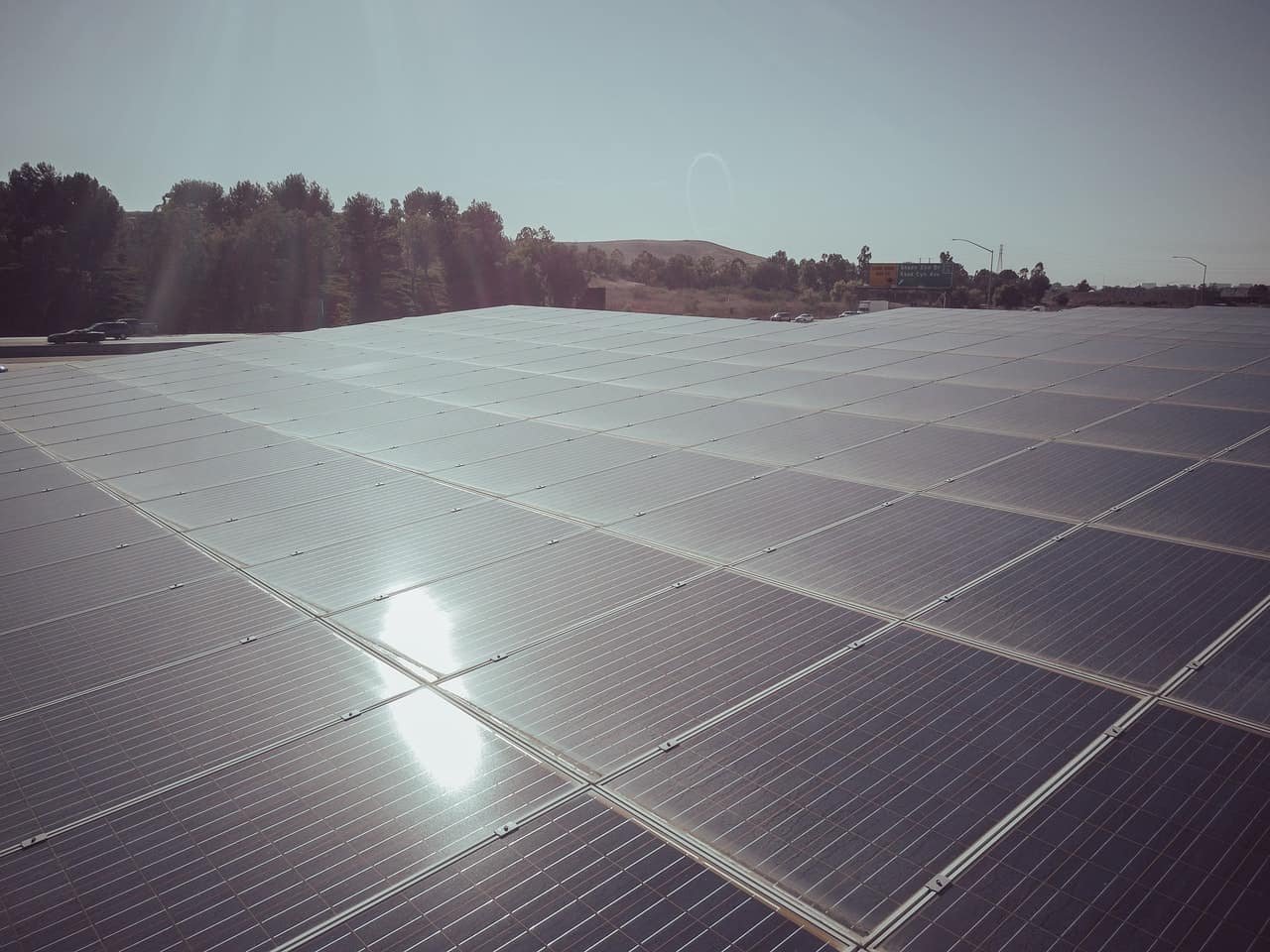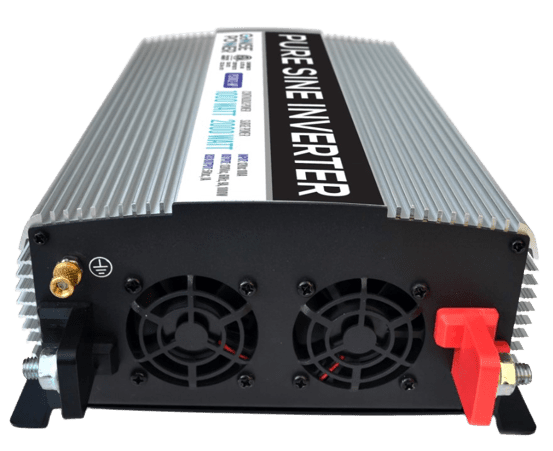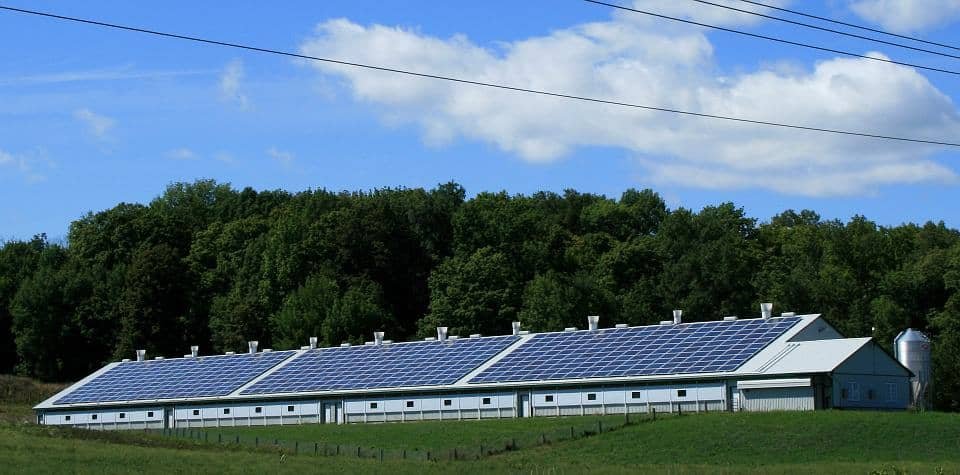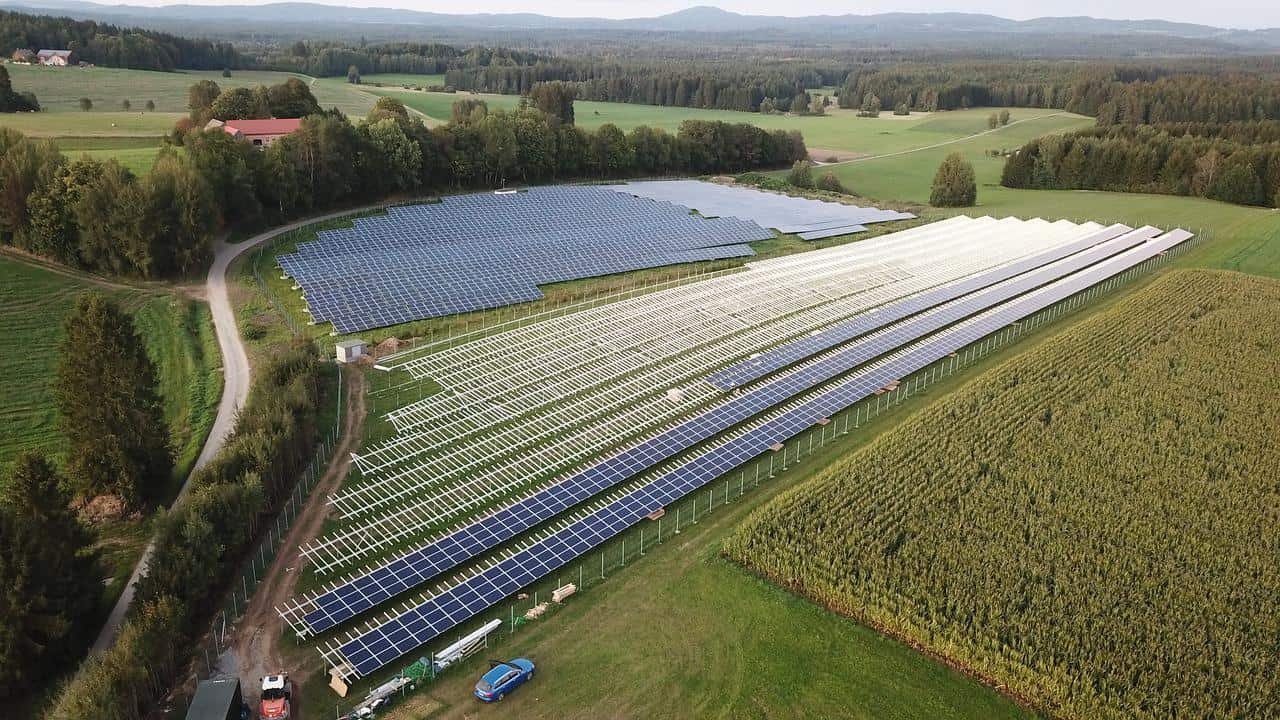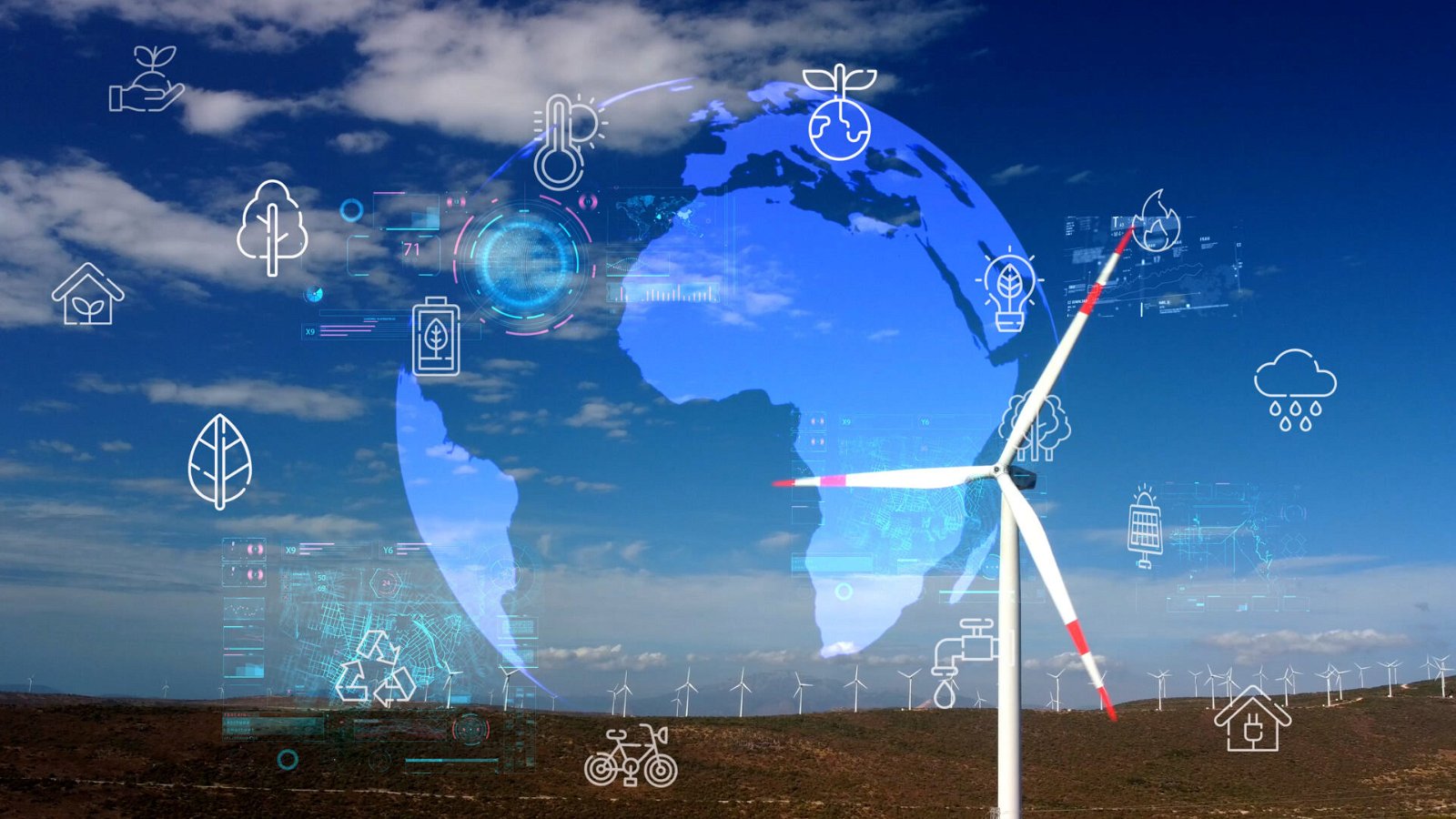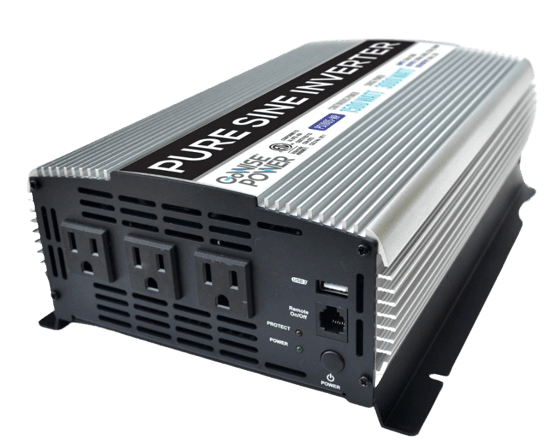Using renewable power to produce electricity in homes and commercial and industrial buildings is fairly well-known. However, what is slower to be used is solar heating and cooling systems.
Solar heating and cooling allow us to get rid of some of our demand for coal electricity and power and is a green energy source. With heating and cooling being the most prominent use of electricity, getting rid of these demands on the grid can help greatly.
The Rising Adoption of Solar Heating and Cooling
Also known as Solar Thermal Systems [STS], the technology is starting to grow in use and popularity. In fact, by 2032, the market for solar heating and cooling is estimated to reach $5.15 billion.
There are a few reasons why solar heating and cooling is increasing by such a large amount. The first reason is the rising awareness of our impacts on the environment. People that have the money and want to make a difference choose better options.
With 75% of this money and energy demand being focused on heating and cooling, finding other ways to power this demand can make a huge difference and help the United States, and other countries, easily reach their climate goals by 2032 much easier.
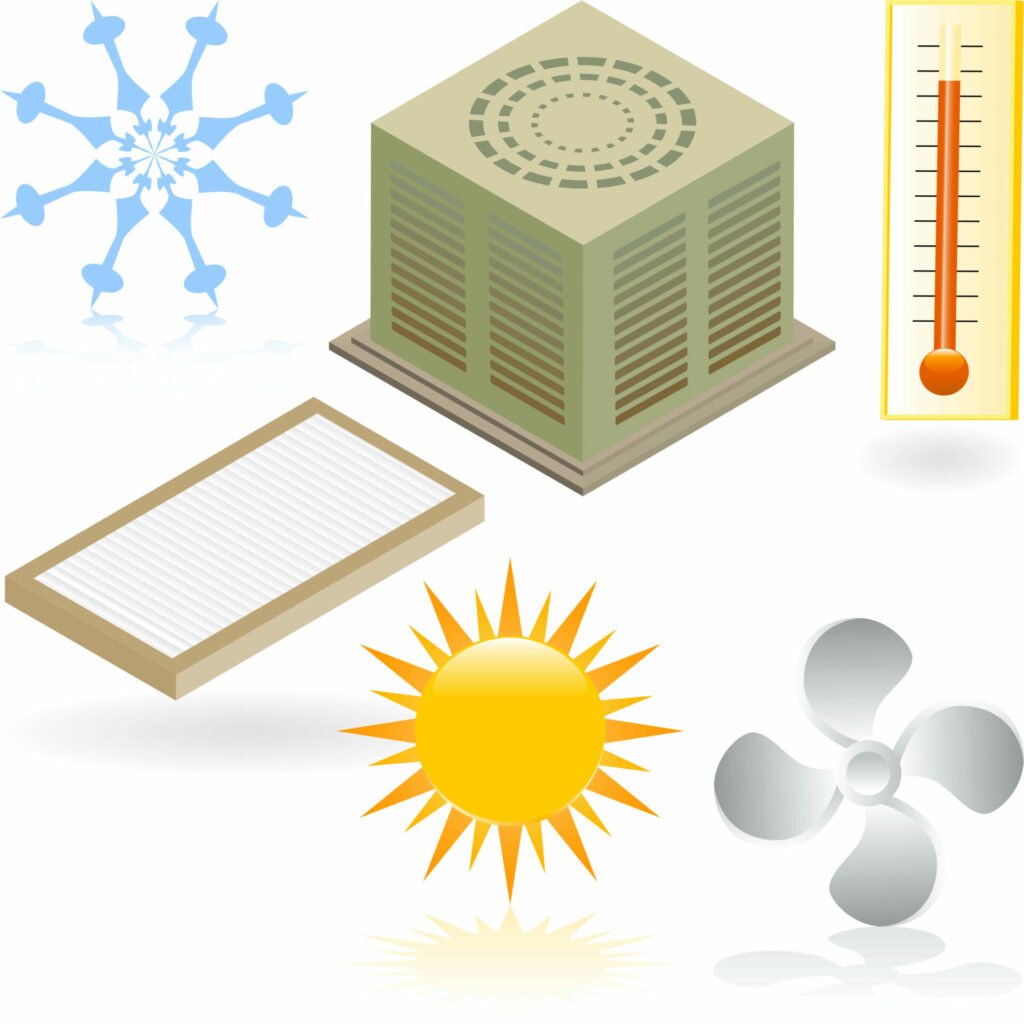
Some things that solar heating and cooling can power are:
- Pools
- Residential homes
- Commercial buildings
- Industrial designs
Currently, there are an estimated 30,000 systems installed every year in the United States. This provides around 5,000 jobs and generates about $435 million every year.
Despite these large numbers, the United States is actually on the low end of solar heating and cooling, using only about 9 gigawatts of thermal energy. China installs about 10x more solar heating and cooling systems every year compared to the United States.
Related Article:
Geothermal Heating and Cooling
Solar Heating and Cooling Basic Design
Pool Heating
Solar pool heating has been around and known for a while now. You simply take some of the water for your pool and put it into a heat collector. The collector warms up the water and puts it back into the pool, where it warms up the whole thing.
Nicer models even have a thermostat, so you can get the exact temperature you need.
Heat Collectors
For the average US home, you need roughly 60 square feet of space on the roof. This provides the user with two full heat collectors and is often more than enough to heat the water in the average home.
This is enough to bring up the temperatures of water up to about 200 degrees Fahrenheit. If concentrated, though, the systems have the potential to double the temperature, which is useful for industrial design.
However, northern homes may need a lot more. Basic studies showed that as much as 400 square feet of space may be required up north, where the basic water temperatures and cold weather demand a bigger heater system.
This spacing is about the same, no matter what collector you get. Some examples of common kinds of solar collectors are:
- Flat plates
- Integral Collector Storage (ICS)
- Evacuated tubes
- Concentration
- Thermosiphon
Out of these, the flat plate is the most used in the United States.
Air Heating
Solar air heating is currently one of the best ways economically to heat a home using energy from the sun. Statistically, most people get about a 30% tax credit on these systems, and the payback period is anywhere between 1 and 4 years. The systems are often so easy to install that even the homeowner can do it.
They are designed to turn off in the summer so that they will not heat your home all year round. Studies have shown that even when it is -40 degrees Fahrenheit in the winter, air heating is useful and can increase the temperature anywhere from 70 to 90 degrees or as needed.
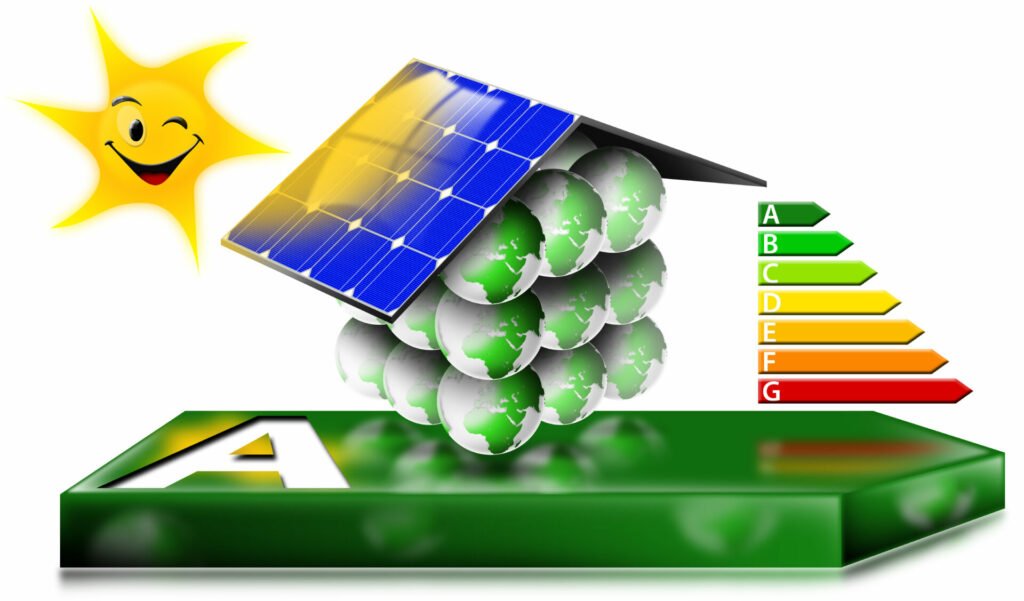
The design is simple as well, drawing in cold outdoor air into a thick maze of black aluminum. Everything is run by the solar panels installed on the material, so no need to plug it in or check batteries. It even has its own thermostat so it can tell what the temperature is and adjust temperatures accordingly.
Cooling
Solar heating seems simple enough, but what about solar cooling? The sun is hot, so it doesn’t make sense to try and use it to cool down an area. Similar to any other cooling system, a solar cooling system works by converting heat into cooling air.
This works for any system inside the home, such as air conditioning, cold water, or even a refrigerator. You would have a refrigeration or air conditioning unit similar to you would with a traditional cooling system, but it runs on solar or converts the old system to run on solar, instead of coal power.
Water Heating
Just like normal water heaters, there is a boiler that gets installed in your home. However, the system runs on a solar panel, or a solar heating system, such as a flat-plate collector. Cold water gets put into the collector and heated up before being placed into the storage tank.
The Economics of Solar Heating and Cooling
Thanks to a subsidy by many government bodies throughout the world, installing Solar Thermal Systems is a viable solution even for low-income families. Not only is it a way to save on utility bills for those that are already hurting for money, but it also provides jobs, and makes a market for new companies to pop up that are making, installing, and promoting solar heating and cooling.
Solar Heating and Cooling Technologies
Flat-Plate Collectors
Flat plate solar collectors work by using water as their moving fluid. Its average temperature is about 212 degrees Fahrenheit. The flat plate with copper tubes collects the heat and warms the water. There is also often a layer of insulation on the back to reduce heat loss flowing into the roof.
Sometimes, the materials will have a unique coating on them that allows for better heat absorption, increasing the temperatures.
Unglazed Collectors
Unglazed solar collectors are considered one of the most simple technologies for heating and cooling. The name unglazed comes from the lack of a glass covering on the system, like the flat-plate collector has, which limits the amount of heat it can produce and saves money.
These are the ones used most often in pools, as you don’t want a pool that is 200 degrees anyway, and the loss of heat doesn’t matter much.
Transpired Air Collectors
Transpired solar air collectors rely on dark metal to create and trap heat. Usually, once the heat builds up, a fan will direct the air to other parts of the building. The system is often also installed on the south side of a building, as that is where they will get the most sun throughout the day.
Evacuated Tube Collectors
Thin copper tubes with water inside of glass or plastic that is clear is the main design for these evacuated solar tube collectors. They work similarly to flat-plate collectors, but are more effective and produce higher temperatures as there is more of the collector exposed to the sun from various angles, and the tubes have a vacuum to reduce heat loss.
Concentrating Systems
The last method is concentrated solar systems. These can produce both heat and electricity at the same time, allowing you to make the most out of your solar set-up. They are mostly used for large-scale processes such as large pool heating, or industrial purposes.
Essentially, these work like troughs, collecting the sunlight into a concentrated area, sometimes via mirrors. In the center is a pipe where water is collected. When it gets too hot, the system creates steam, which is used to produce electricity.
FAQ
What are the benefits of solar heating and cooling?
The financial savings from moving from more expensive, conventional energy sources to solar heating and cooling systems is a major perk. The environmental benefits of installing a solar heating and cooling system are in addition to the financial ones.
The use of solar energy rather than fossil fuels has the potential to lessen global warming’s debilitating effects and hasten the advent of a greener tomorrow. A growing number of property owners and commercial establishments are switching to solar heating and cooling systems because of the significant financial and environmental benefits they provide.
What are the drawbacks of solar heating and cooling?
Some cons of thermal heating and cooling include the fact that they take up a lot of space and often do not also provide electric power for the most part. Since they are installed on the roof, this can take up space that could go towards solar panels to power the home.
Also, though there are many subsidies and tax benefits, you don’t get those right away, so the initial cost is often very expensive, and some people don’t find it worth the cost or don’t have the money.
How much do solar heating and cooling systems cost?
Generally, you can expect anything between $3,000 to $7,000 for backup solar heating and cooling systems, or $15,000 to $30,000 for systems to run fully on solar. A lot of this is due to the installation of the photovoltaic system.
How much energy do solar heating and cooling systems save?
Studies show that about 75% of all residential energy, at least in the United States, comes from the heating and cooling of systems in the home. Based on research done by the Solar Energy Industries Association [SEIA],115 million homes use $266 billion of energy on average per year.
This is enough to send 10 million people to college every year.
How long do solar heating and cooling systems last?
Currently, solar panels typically last between 10 and 15 years. Newer panels and systems, however, are built to live far longer than that—up to 25 years in certain cases. Improvements in production processes and the use of higher-quality materials contribute to this extended durability.
Due to this, solar panels are becoming more prevalent and often endure for longer periods of time, making them a more cost-effective and stable source of renewable energy.
How much maintenance do solar heating and cooling systems require?
The maintenance is considered comparable to traditional heating and cooling systems. However, you get fewer major issues, like corrosion, freezing, boiling, and leakage, especially if you don’t use liquid systems.
What are the most common problems with solar heating and cooling systems?
Hot spots are considered the biggest issue with all solar systems. Though these systems rely on heat from the sun, they can also get damaged by too much heat, which can make them hard to place where you would get the most sun.
